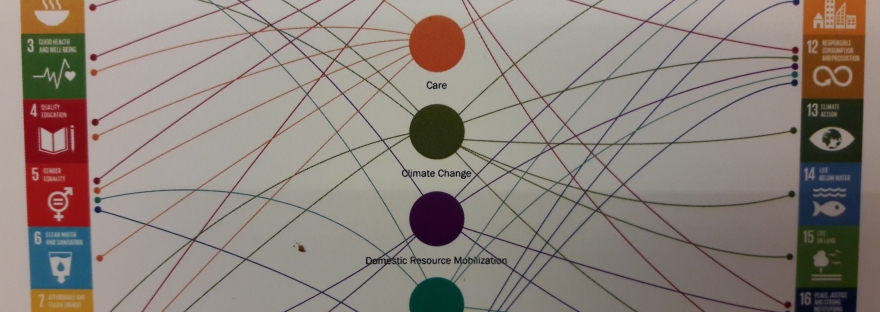If you work or are interested in Corporate Social Responsibility (CSR), you must have heard the word materiality when it comes to selecting ecological and social issues by a business. But what on Earth is that?
In a nutshell…
Materiality is an obscure term to describe the process by which a company identifies its CSR priorities to report on to its stakeholders. That’s it!
It is usually referred to as the materiality assessment and it collects information about stakeholders’ expectations and impacts on a specific business of environmental, social and governance issues and then creates a matrix to classify these issues based on their significance. The concept comes from financial audits, where it is a threshold from which any mistake could have an impact on the audit’s credibility.
Why is it important for CSR?
As legislation evolves, companies are required to report on a growing plethora of indicators. Which ironically makes CSR reports difficult to assess. The materiality assessment helps bring clarity and many other benefits such as engaging stakeholders in a company’s CSR, guiding strategic planning, having a real impact, looking credible and properly communicating on CSR topics and actions. Despite its benefits, only a few companies are doing it and communicate on this process in their CSR report, partially because it is still voluntary in many countries.
How does it work?
Your company must engage with all relevant internal and external stakeholders to gain full value of materiality. Green biz suggests starting with a workshop with executives to make a list of topics regarding all areas of your business model which will then become a survey for your stakeholders. The Global Reporting Initiative (GRI) advises to communicate on the process of materiality, and the International Integrated Reporting Council (IIRC) explains that is essential to understand stakeholders’ perspectives. The Comité 21 adds additional advice such as putting governance issue at the table too as well as having a clear, understandable and transparent methodology.
After identifying the environmental, social and governance issues, the next step is to prioritise and evaluate. This process of ranking is based on two criteria which are the importance for your company and the level of expectation for your stakeholders. This process results in a matrix (below is an example of the GRI). This matrix helps identify the most urgent and relevant impacts to be addressed by your company, hence your CSR priorities.
Materiality is a very useful tool to guide your CSR strategy and be relevant by addressing key impacts and avoiding being accused of greenwashing or SDG cherry-picking (choosing only impacts or SDGs that are trendy and not the biggest impacts of your company).
A.

